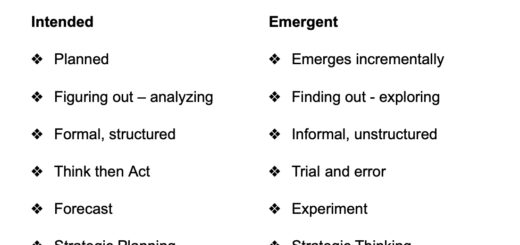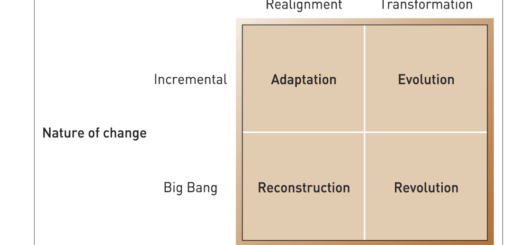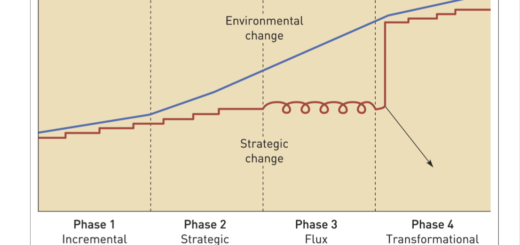Equity Theory
Equity Theory, developed by J. Stacy Adams in 1963 and 1965, is a process theory of motivation that proposes that individuals are motivated by the perception of fairness in their social relationships. According to this theory, individuals compare their inputs (efforts, contributions) and outcomes (rewards, benefits) to those of others to determine whether they are being treated fairly.
Equity Theory is based on three key components:
- Input: The effort, time, and other resources that an individual contributes to their job.
- Outcome: The rewards and benefits that an individual receives from their job, such as salary, recognition, and opportunities for advancement.
- Comparison: The process of comparing one’s inputs and outcomes to those of others in the workplace.
According to Equity Theory, individuals are motivated when they perceive that their inputs and outcomes are equal to those of others in the workplace. When there is an imbalance between inputs and outcomes, individuals may experience feelings of inequity and reduced motivation.
To increase motivation using Equity Theory, employers can:
- Ensure that inputs and outcomes are distributed fairly among employees.
- Encourage open communication and feedback to address any perceived inequities.
- Provide opportunities for employees to participate in decision-making processes and contribute their ideas and suggestions.
Overall, Equity Theory offers valuable insights into what motivates individuals and can be used to design effective motivational strategies in the workplace. By understanding the perception of fairness in social relationships, organizations can create a work environment that fosters motivation, engagement, and job satisfaction.




